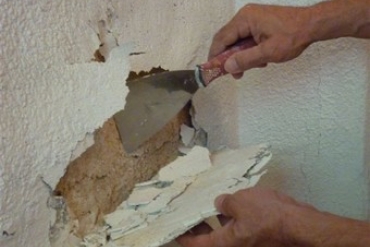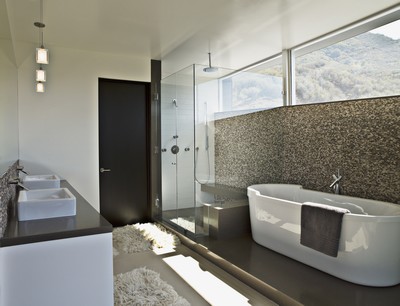Renovating problem surfaces

Substrates with damp problems, or surfaces that are subject to movement causing traditional fillers to crack, bring unique challenges. In this section you’ll learn how to tackle damp problems on substrates that need to be filled or coated. You will also find out how to work with moving substrates and get lasting results.

How to renovate a damp wall with Anti-Damp Render

How to apply a wall hardener before filing ?

Treat substrates with damp problems

Bathroom tile filler
Whether it’s filling on stairways, around doors or windows, covering over large surfaces that are prone to movement, or between old and new surfaces, filling tricky or complicated areas that are prone to movement often requires specialist techniques and products to make sure the job will continue to look great for years after you have left the site.
Damp surfaces need careful diagnosis and treatment before covering them with a filler or coating. Toupret has a range of solutions for tackling damp, either by preventing water penetration or by working with unavoidable damp for a long-term solution.

